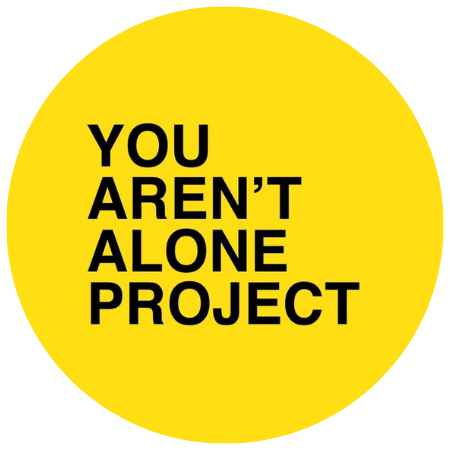Living in Quarantine: The After Effects
Written by Chelsea Borruano for Baton Rouge Parents Magazine
In order to escape the Great Plague affecting Cambridge, Newton retreated in isolation to Woolsthorpe where he soon came up with his theories of gravity, optics and calculus.
After a wildfire, landscapes will explode with thousands of flowers known as a superbloom and come back even more beautiful and healthier than before.
Hurricane Sandy rid Long Island Bay of its polluted water—the constant surge of the tides dispersed toxins in the bay and returned the water cleanliness to levels not seen since the mid-1970s.
Shakespeare wrote “King Lear,” “Macbeth” and “Antony and Cleopatra” as London reeled from an outbreak of the bubonic plague in 1606.
What a beautiful thought it is that things, and people, can come out of a state of devastation and isolation even stronger than before.
COVID-19 forced many of us into self-isolation. In this isolated state, emotions can be heightened, and mental health can be gravely affected. A recent review in Psychology Today on the effects of quarantine on individuals points to increased confusion, anger, post-traumatic stress symptoms, and extended periods of grief, sometimes lasting even three years after the end of the quarantine. Stressors range anywhere from longer quarantine duration, inadequate information and supplies, and infection fears, to frustration, boredom, grief, financial loss and stigma.
Of course, people with a history of mental illness are at increased risks, but no one is immune to the mental effects that isolation and fear can have during and after a pandemic. And for some, those effects will last long after the virus is gone. In addition, health care workers and others on the frontlines are facing even more dangers to both their physical and mental health. These workers, especially, will need continued support after this is over.
